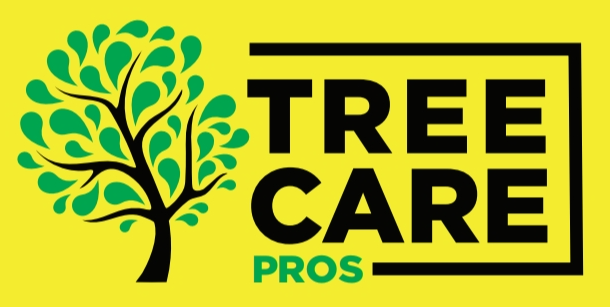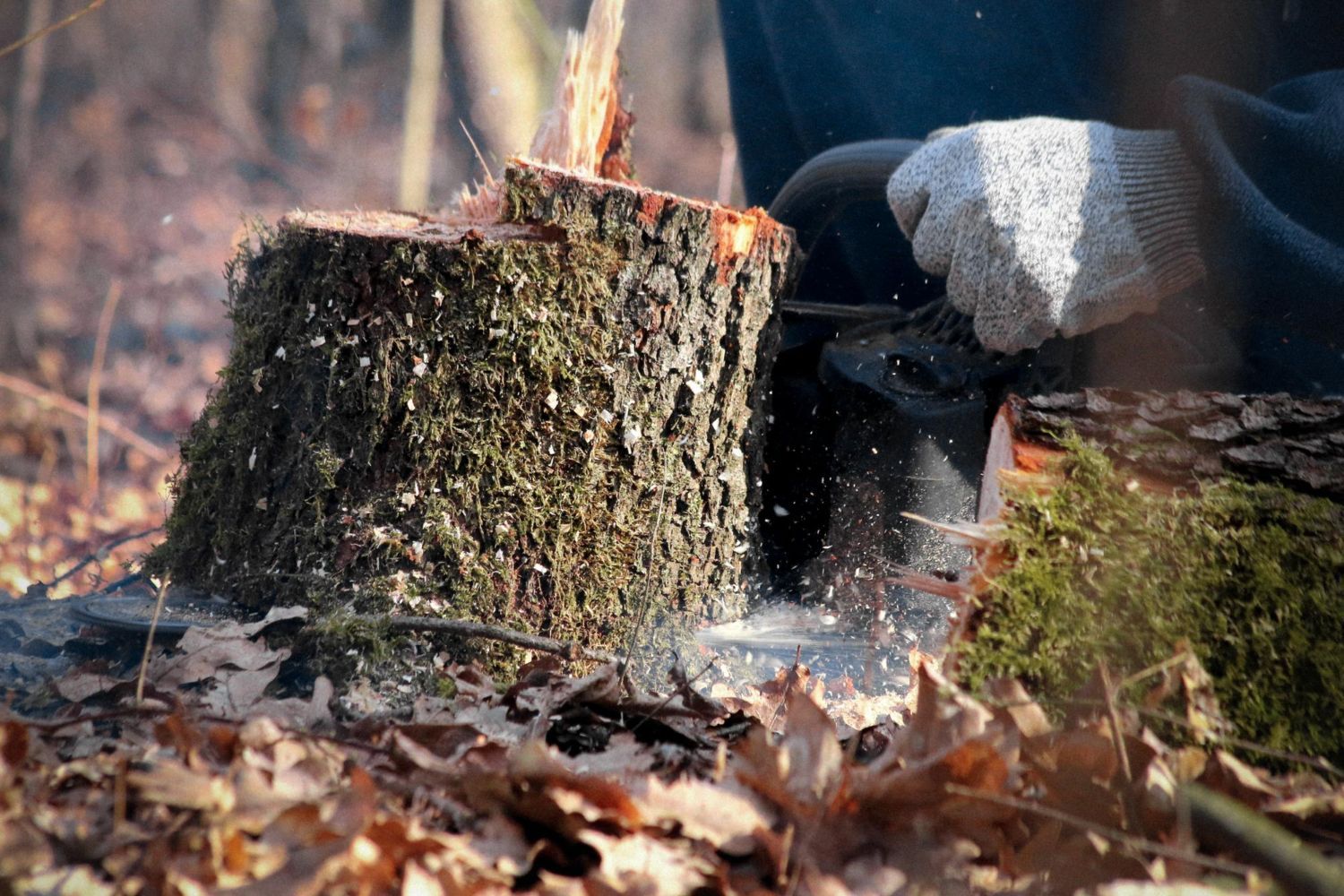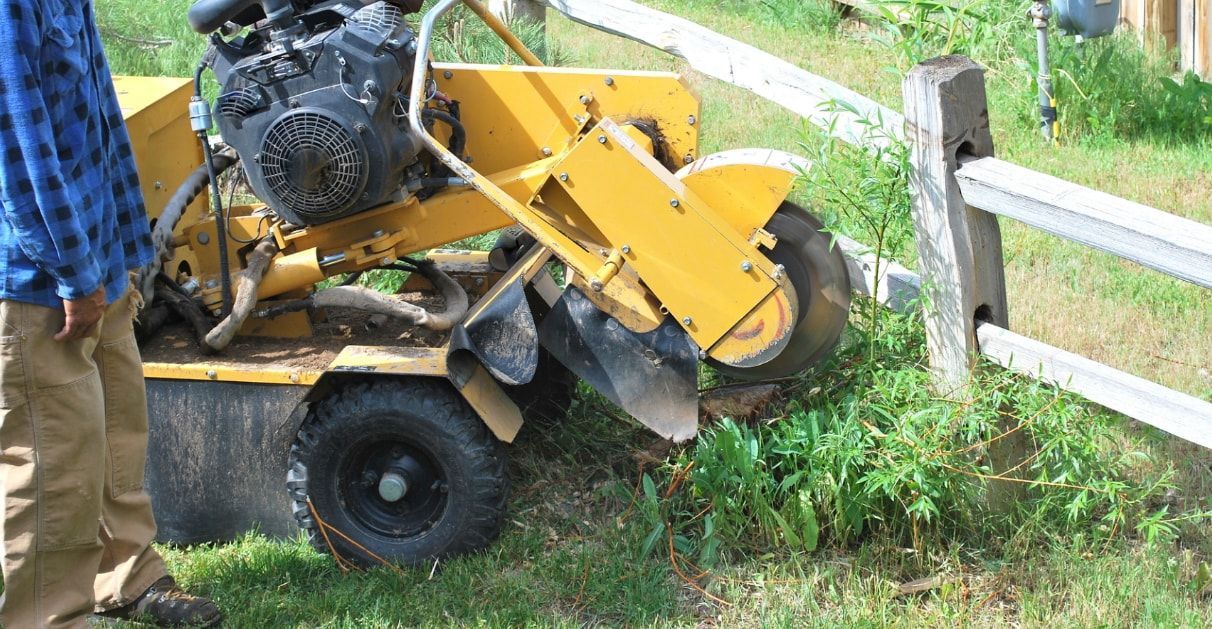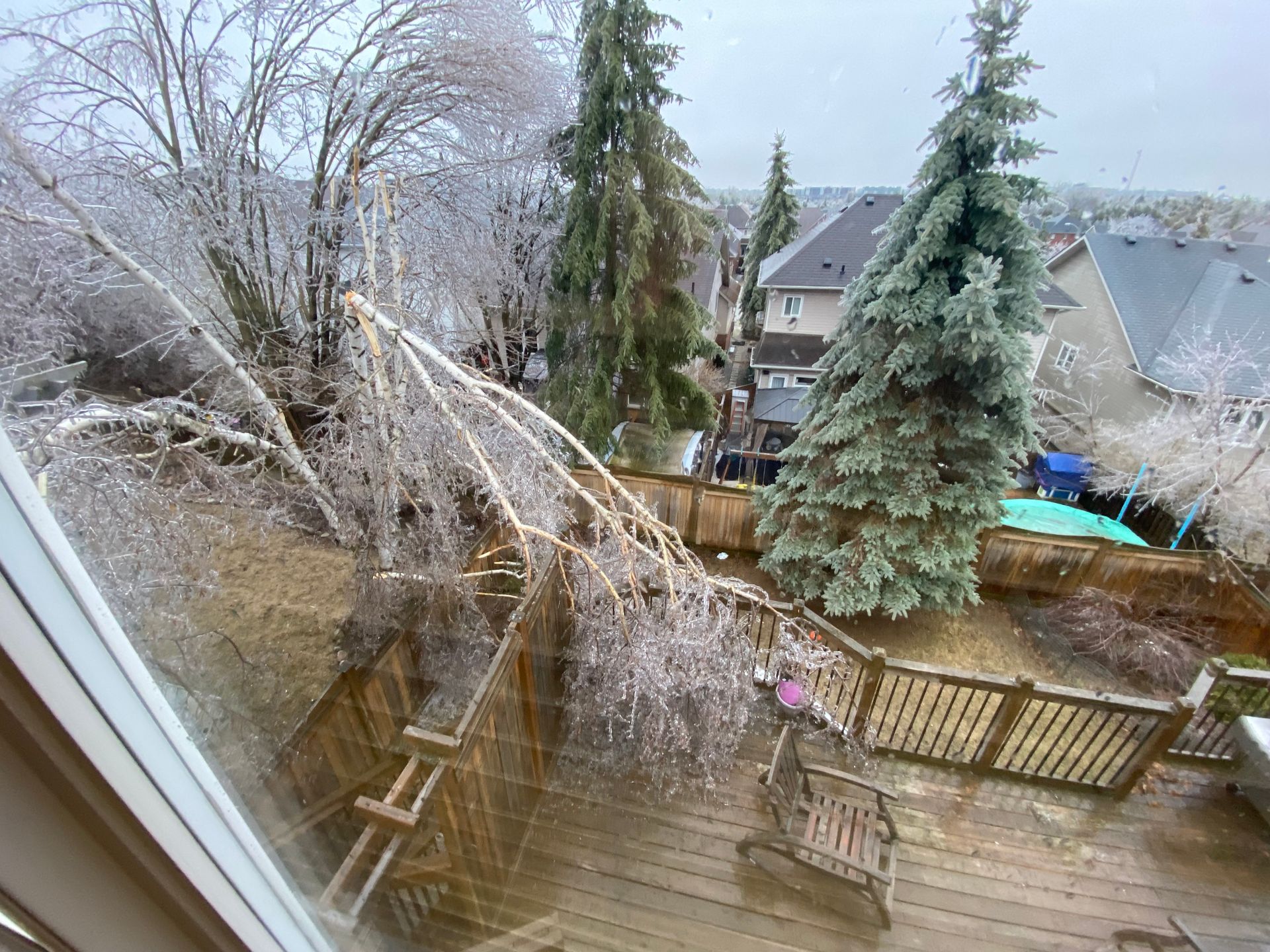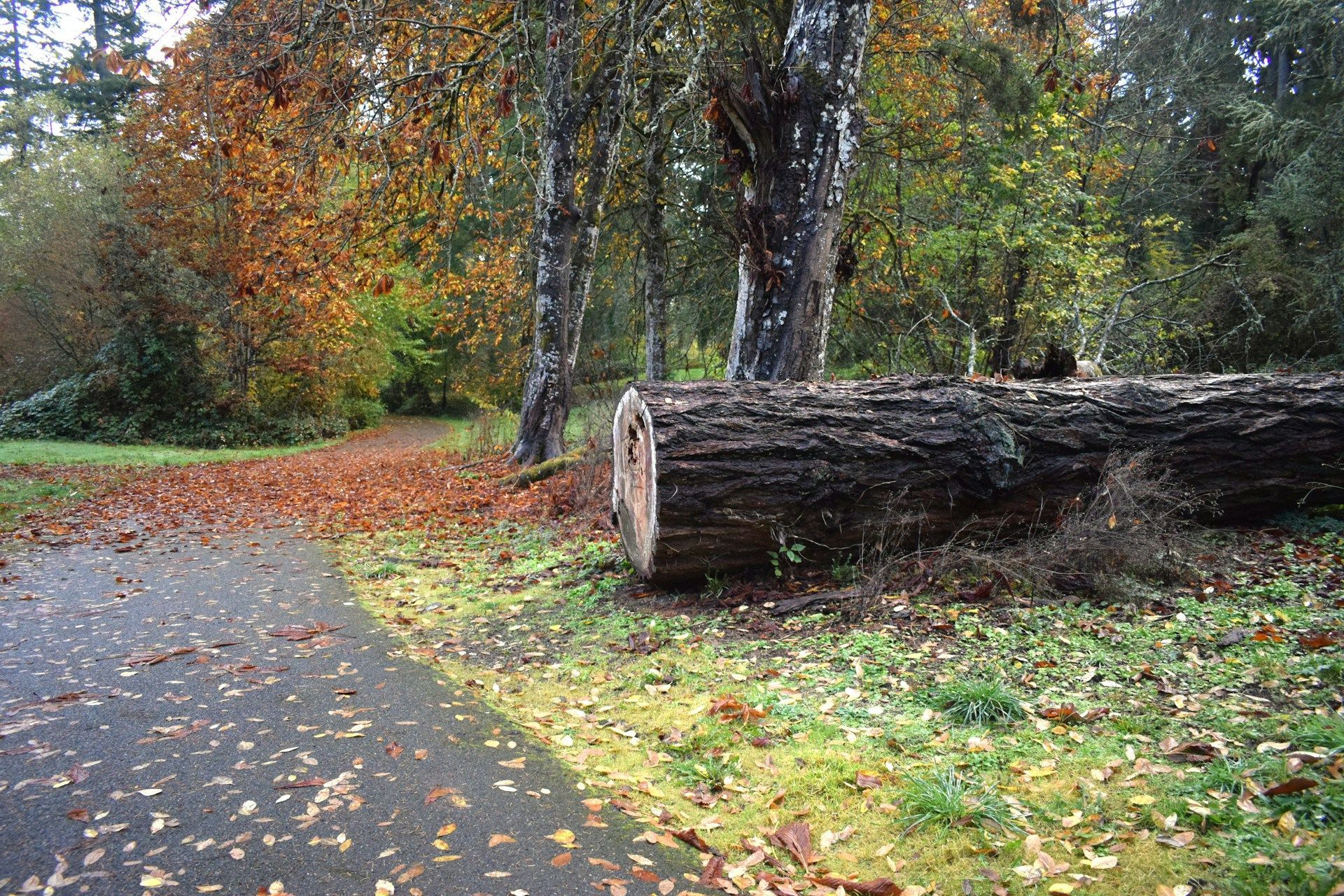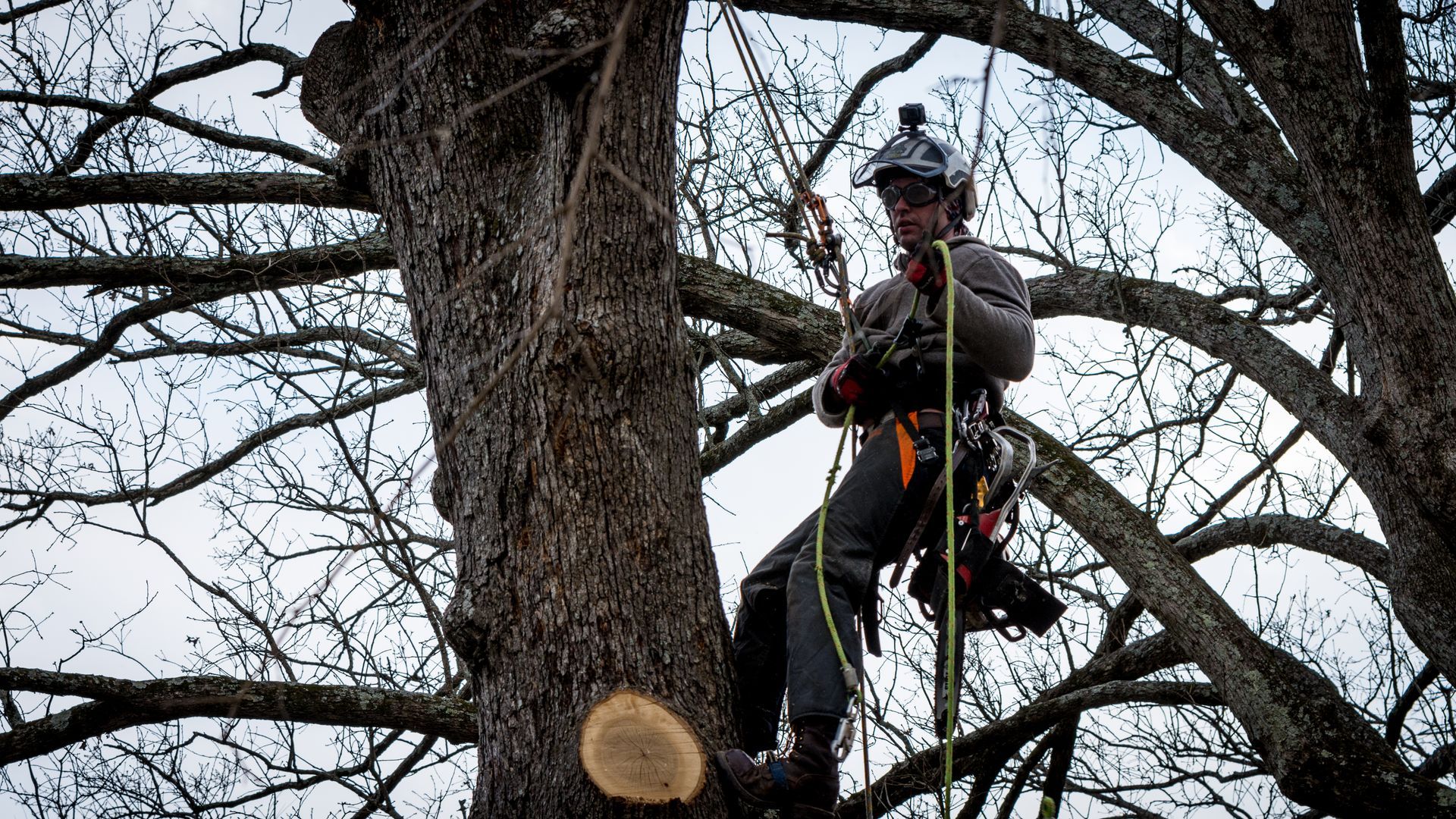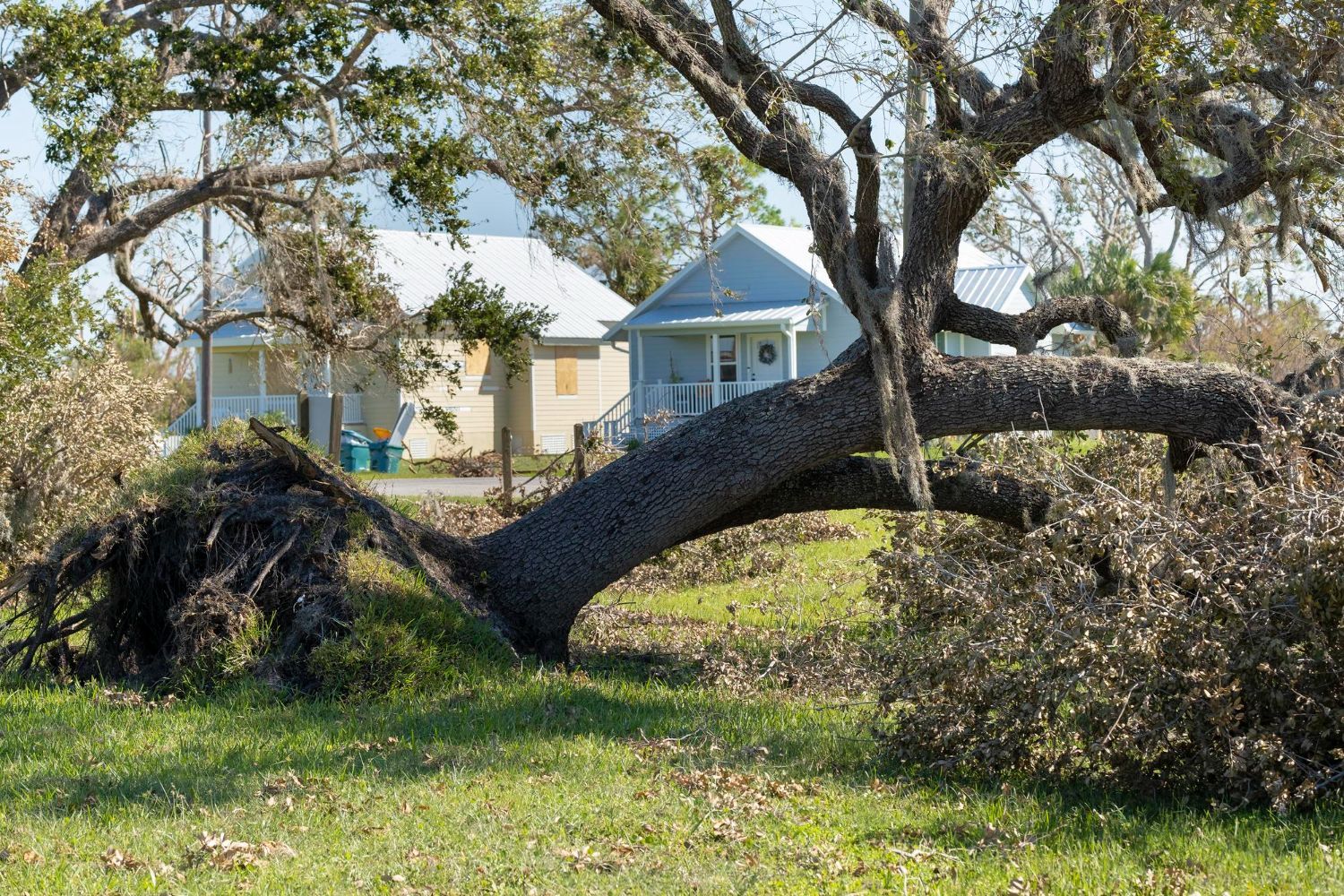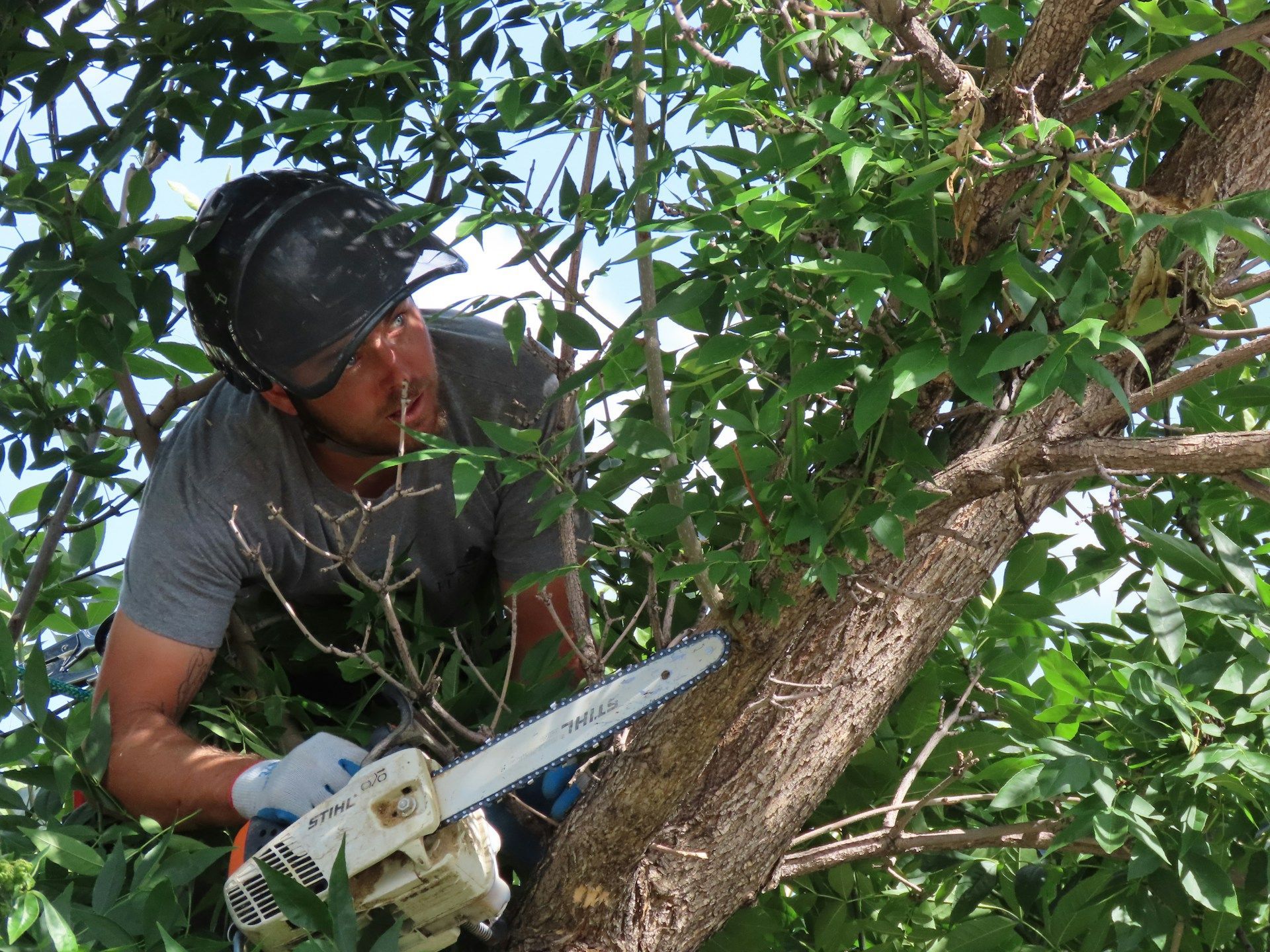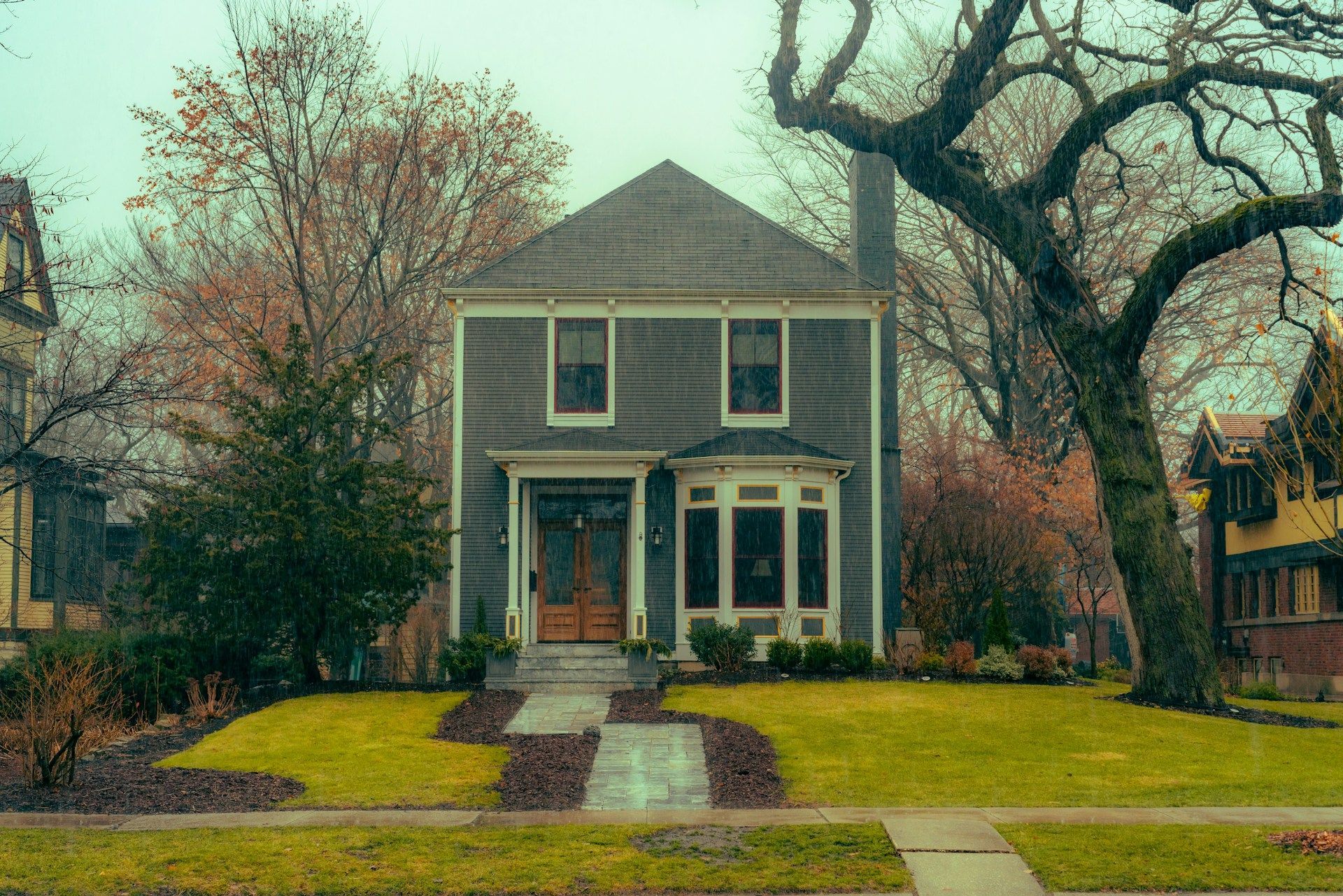Preventing Damage During Tree Removal
Removing a tree from your property can be a daunting task. It requires careful planning and precise execution to prevent any damage to your property or your neighbours'. Too often, homeowners underestimate the risks involved, leading to accidents or costly repairs. By understanding the correct procedures and safety measures, you can avoid these pitfalls and ensure a smooth tree removal process.
One of the primary concerns during tree removal is the potential damage to surrounding areas. This includes not only your home and garden but also nearby structures like fences and sheds. Improper removal techniques can also harm the surrounding landscape, leading to soil erosion or damage to other plants. To mitigate these issues, it's crucial to approach tree removal with a well-thought-out plan and the right equipment.
Additionally, post-removal cleanup and inspection are vital steps in the process. Ensuring that the removal site is clean and undamaged helps maintain the safety and aesthetics of your property. In this article, we will explore the essential steps to prevent damage during tree removal, focusing on assessing the tree and surrounding area, using proper equipment and techniques, protecting nearby property, and thorough site cleanup and inspection.
Assessing the Tree and Surrounding Area
Before removing a tree, it is critical to carefully assess the tree itself and the surrounding area. This preliminary evaluation helps identify any potential hazards and ensures a safe removal process. Start by examining the tree's condition. Look for signs of disease, dead branches, or structural weaknesses that might affect how the tree falls when cut. Understanding the tree's health and structure can help you plan the best approach for removal.
Next, consider the area around the tree. Identify any obstacles, such as power lines, buildings, fences, or other trees, that could be damaged during the removal process. Measure the space available for the tree to fall and determine the best direction for it to safely land. If the area is tight or congested, you might need to take extra precautions, such as removing the tree in sections rather than felling it all at once. This thorough assessment ensures that you address potential risks and plan accordingly to prevent damage to your property and surroundings.
Using Proper Equipment and Techniques
Using the right equipment and techniques is essential for safe and damage-free tree removal. Here are some key pieces of equipment and methods to consider:
1. Chainsaw – A sharp, well-maintained chainsaw is vital for cutting through the tree efficiently. Ensure that the chainsaw is the right size for the job, and always follow safety guidelines when operating it.
2. Rope and Harness – These are crucial for safely climbing and securing yourself when removing higher branches. Ropes can also help guide the tree’s fall direction, preventing it from crashing into nearby structures.
3. Wedges and Felling Bars – These tools assist in controlling the direction of the tree’s fall. Wedges can keep the cut open and guide the tree, while felling bars provide leverage to ensure it falls where intended.
4. Safety Gear – Wearing protective gear such as helmets, gloves, and eye protection is vital to prevent injuries during the removal process. Safety gear ensures you stay protected from falling branches and debris.
5. Sectional Removal – In areas with limited space, removing the tree in sections rather than in one go is often safer. This involves cutting and lowering branches and the trunk piece by piece, reducing the risk of damage.
By using the appropriate equipment and techniques, you can manage the tree removal process effectively, minimizing risks and ensuring the safety of both the workers and the property.
Protecting Nearby Property and Structures
Safeguarding nearby property and structures is a critical aspect of tree removal. When removing a tree, the last thing you want is damage to your home, garage, or any other structures close by. There are several methods to ensure that the tree removal process does not harm your valuable possessions.
One effective way to protect nearby structures is by setting up physical barriers. These can include temporary plywood shields or tarps to cover windows, walls, and fences. These barriers act as buffers, preventing falling branches or debris from causing any damage. Additionally, if the tree is near a power line, contacting the utility company to temporarily shut off the power is a crucial safety step.
Using controlled removal techniques is another best practice. For example, rigging and sectional removal methods involve cutting the tree into smaller, more manageable pieces that can be safely lowered to the ground. This approach significantly reduces the risk of falling debris hitting nearby structures. It's also essential to clear the area around the tree to ensure there are no obstacles in the way, thus creating a safe drop zone for the tree parts being removed.
Post-Removal Site Cleanup and Inspection
The work doesn't end once the tree is down. Post-removal site cleanup and inspection are vital steps to ensure that the area is safe and damage-free. After the tree has been removed, begin by clearing away all branches, leaves, and any wood chips that resulted from the cutting process. This not only makes the area look tidy but also prevents tripping hazards and promotes the health of the remaining landscape.
Next, inspect the site for any signs of damage. Check the ground where the tree fell for deep ruts or holes that might pose a safety risk. Look at the structures nearby to confirm there are no scratches, dents, or broken components. If any damage is found, address it promptly to prevent more significant problems down the line. Moreover, examining the tree stump is necessary if you have opted to leave it in place. Ensure it is levelled appropriately, or consider stump grinding to avoid future issues with pests or regrowth.
Conclusion
Tree removal is an intricate process that requires careful planning and execution to prevent damage to your property. From assessing the tree and the area around it to using the right equipment and techniques, each step is vital for a successful and safe removal. Protecting nearby structures and performing a thorough post-removal cleanup and inspection further ensures that no damage occurs during the process.
If you are considering tree removal and want to ensure it is done correctly and safely, it is wise to seek professional help. At Barrie Tree Care Pros, we offer expert
tree removal services and have the equipment to handle tree removal projects of any size. Whether you need a single tree removed or have a more complex situation, our team is here to help. Contact us today to schedule a consultation and keep your property safe and beautiful.
